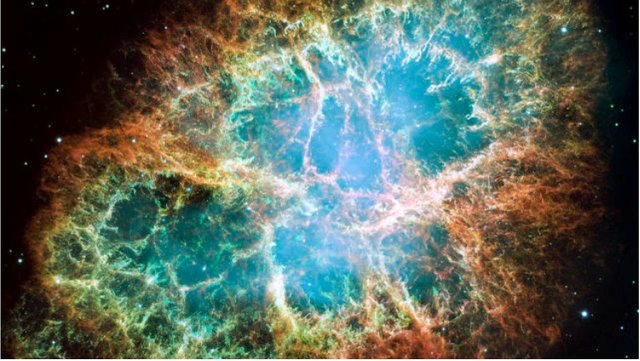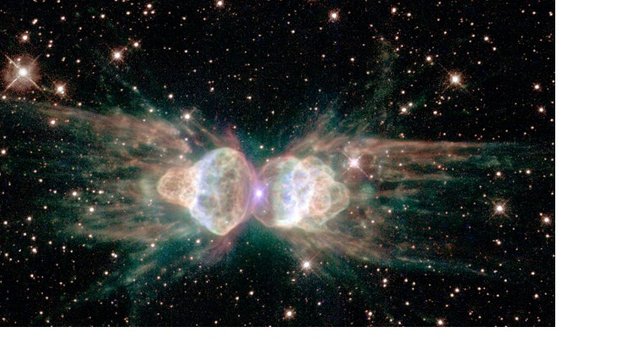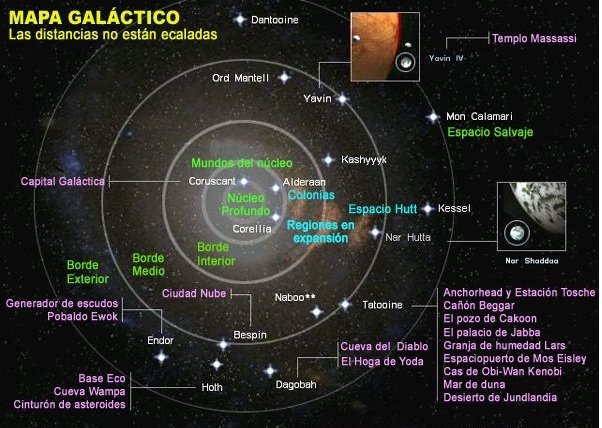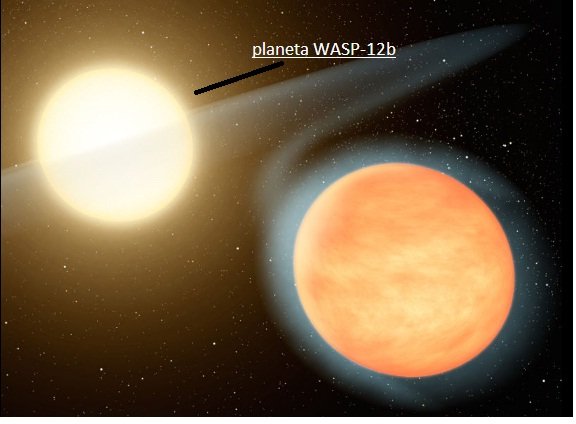Knowing the Universe
1- ** Supernovas **
they are stellar explosions that end the life of a star. There are two categories. the first are explosions of massive stars, which occur when they reach the end of their life cycle, generating large amounts of energy and material, the star increases its brightness so much that it can shine more than the entire galaxy it houses, this happens when its nucleus exhausts all its fuel and re-produces thermonuclear reactions, which are responsible for the brightness of the star, causing a clash of the outer layers against the core and produce a large explosion. in this way it will give way to a new generation of celestial object with a new stellar life cycle, if the original star had a mass of less than 20 solar masses, a neutron star would form, if it is more than 20 solar masses it would form a Black hole. The second group of supernovas are those of mass exchange, produced by a white dwarf star stealing material from a nearby star of normal type.

2- ** The planetary nebula **
they are clouds of gas and dust located between the stars. The gas is made up of 90% hydrogen, 1% dust, a lower percentage of helium and the rest of the chemical elements, contains carbon, iron and silicates. Nebulae have different appearance that depends on the amount of stars around them and the amount of radiation they emit, and this is dark or absorption nebulae that are large concentrations of molecular gas, very cold and dense where light can not pierce forming a dark region on the stars. The study of nebulae is important because they symbolize the beginning or end of a star known as planetary nebulae. The term nebula is applied to bodies or celestial objects of diffuse appearance.
3 - ** How to know the age of a star? **
by luminosity and temperature, from its brightness and the spectral type, a classification that varies from its surface temperature of the star are observable parameters. The data are represented in a plane and compared with theoretical models of stellar evolution, of known age, that model that is consistent with the data obtained can give a more or less accurate idea of the current age of the object. On the other hand, massive stars exhaust their fuel much more quickly and do not live beyond a few million years. In contrast, the less massive stars can last many billions of years, far exceeding the age of the Universe.
4- ** The celestial bodies farther from the sun **
At the time of their discovery they were farther from the Sun, they were the dwarf planet eris or éride, at 97 Astronomical Units, approximately equal to the distance between the Earth and the Sun and their experimentally determined value is around 149,597,870 kilometers, and
The candidate for the dwarf planet Sedna, at 90 AU, from which it has not been possible to determine whether or not it has a spherical shape, the bodies that travel farthest are the long-period comets, with strongly elliptical orbits. For example, Comet West, discovered in 1975, has its aphelion beyond 13,000
UA, and its perihelion only at 0.58UA. Comets of long period are believed to come from the so-called Oort Cloud, which is named after the Dutch astronomer Jan Oort, and which is a wide spherical region located between about 5,000 AU and 100,000 AU that would constitute the outer confines of the Solar System .
5- ** Name of the Milky Way **
the name comes from the Latin galaxies and in turn from the Greek galaxy (dairy), for having the appearance of a milky band of light that traverses the night sky, which is a light emitted by the set of stars that form the galactic disk.
6- ** the galaxies and their location **
galaxies are not uniformly distributed across space and are relatively isolated without belonging to a defined structure, or in clusters of galaxies and gas that give rise to groups, clusters or super-clusters of galaxies. A few clusters are the major structures of galaxies linked by gravity, reaching to contain millions of galaxies.
7-what is the interstellar medium
the interstellar medium consists of approximately 74% and hydrogen, 25% helium and 1% heavier gases such as oxygen, carbon, nitrogen.8-which is the hottest planet
the hottest planet discovered by the human being named WASP-12b, with a temperature of 2250ºC, approximately half as hot as the Sun and 1.5 times higher than the planet Jupiter. The finding, made by a group of European astronomers in which he has participated the Institute of Astrophysics of the Canary Islands, has also supposed break
The record of orbital speed, making the complete tour in a single day.

Congratulations @josblackdaller! You received a personal award!
You can view your badges on your Steem Board and compare to others on the Steem Ranking
Vote for @Steemitboard as a witness to get one more award and increased upvotes!